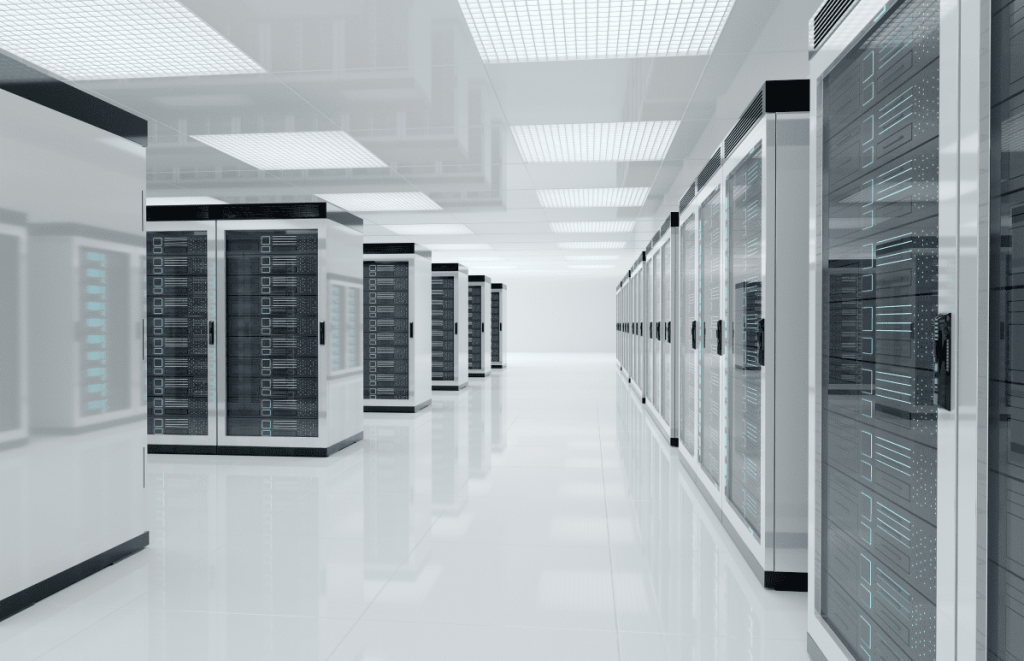
With the digitization of the workplace, IT has become the backbone of modern-day business. There’s no more prolonged need for physical proximity to your IT system, as IT has become the tool that now facilitates remote working.
In today’s tech era, it is essential to have expertise in technology sectors. To sharpen the opportunity, the government of Kerala has started an initiative named Kerala IT Infrastructure management studies that are managed by the Indian Institute of Information Technology and Management.
What does IT infrastructure cover?
When it comes to IT infrastructure, it is everything that is required to host the IT system.
- IT infrastructure management streamlines the data retrieval and reports to increase the business value. Thereby, it extends a proactive approach to technology and adapts to enhance user’s experience.
- It includes data storage, retrieval, physical hardware, software, network system, and legacy interfaces to achieve the business goals of an enterprise.
- The main aim is to minimize downtime and maintain business productivity.
- The providers of IT infrastructure management are usually behind the scenes. The team has to be responsible for real-time monitoring issues and solving those issues immediately to continue the workflow.
What is remote infrastructure management?
Due to this pandemic, there is an increasing demand for a remote workforce, offsite data centres, and cloud technology. Remote Infrastructure Management (RIM) plays a crucial role in centralizing the monitors and management of these specific components that lead enterprises to succeed.
What are managed infrastructure services?
The umbrella of managed infrastructure services consists of:
- Datacenter colocation
Datacenter colocation (Colo) is a rent space for servers and other computing hardware rented by specific organizations.
- Cloud and virtualization
Cloud and virtualization use specific mechanisms to combine the available resources in a network by splitting up the available bandwidth into different channels. Each of them is separated and distinguished.
- Cybersecurity solutions
Cybersecurity is an essential element to protect the company’s data against unauthorized uses of electronic data. To achieve this security and protect data against common cyber threats, cybersecurity solution steps in.
- 24/7 monitoring
IT department has to work full-time to manage new applications, data centres, and also respond to help desk requests. This service allows the organization to plan upgrades and to track the process that needs to be optimized.
- Remote support
Remote support is nothing but a device that IT technicians use to control and access their customers’ devices remotely.
- Network and connectivity
Network and connectivity are processes that connect different parts of the network through access points (APs).
Why choose IT Infrastructure management?
Following are points that describes why should you choose IT infrastructure management:
- Bright career opportunities
In today’s tech era, there’s a massive demand for IT professionals. Making a career in the field would open up the doors to higher job opportunities.
- Versatility
There is an increasing demand for these services not just in India but also in other countries. One can build their career in project management, contract management, project consultancy management, and project finance management.
- Job stability and security
IT infrastructure industry is a continuously growing sector, and its demand would keep on increasing. Hence, there’s no need to bother about job stability and security.
Final verdict
IT infrastructure is the backbone of today’s tech era. No matter a business is small or big, its key benefits lie in using a managed IT infrastructure.


